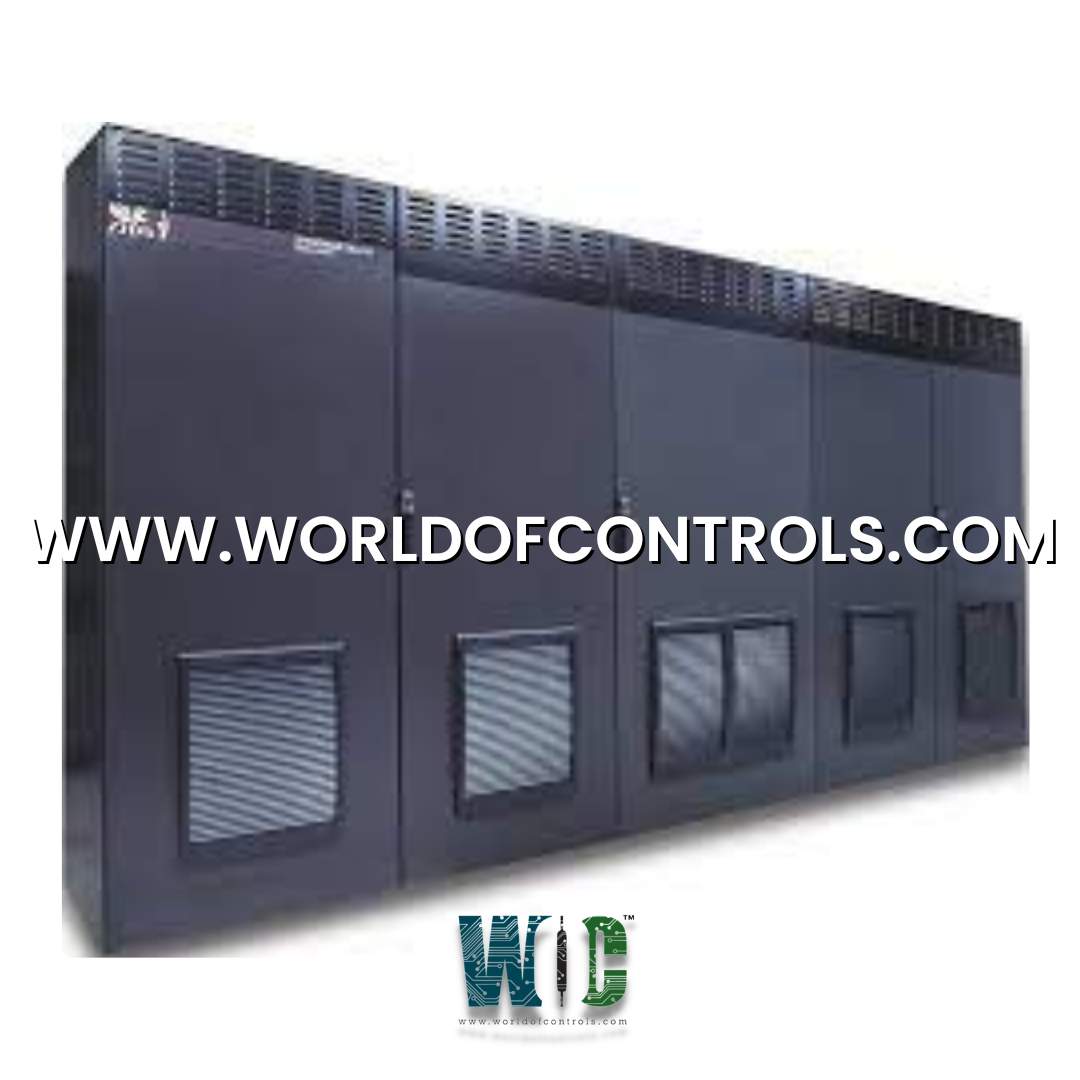
GE Speedtronic gas turbine controls are used to control and manage gas turbine generators in power plants and industrial applications. These control systems are essential for ensuring the safe and efficient operation of gas turbines, which are widely used for mechanical drive applications, and other industrial processes.
Functionality: GE Speedtronic control systems are designed to monitor and control various aspects of gas turbine operation, including speed, temperature, pressure, and fuel flow. They provide real-time data on the performance of the turbine and allow operators to make adjustments to optimize efficiency and reliability.
Protection: One of the critical functions of Speedtronic systems is to protect the gas turbine from operating conditions that could lead to damage or unsafe operation. They continuously monitor parameters and will trip the turbine if any parameters exceed safe limits.
Control Algorithms: GE gas turbine controls employ advanced control algorithms to maintain stable turbine operation under various load conditions. These algorithms adjust fuel flow and other control parameters to achieve desired power output and maintain grid stability.
Human-Machine Interface (HMI): Speedtronic control systems typically include a user-friendly HMI that allows operators to interact with the system. The HMI provides real-time data visualization, alarm management, and control options.
Historical Data Logging: GE gas turbine controls often include data logging capabilities, which store historical operating data. This data can be valuable for performance analysis, maintenance planning, and troubleshooting.
Redundancy: GE Speedtronic systems are designed with redundancy to ensure the continued operation of the gas turbine control in case of hardware or software failures.
Communication: They can interface with plant control systems and SCADA (Supervisory Control and Data Acquisition) systems to enable remote monitoring and control of the gas turbine.
Upgrades: GE periodically releases updates and upgrades for Speedtronic systems to improve functionality, cybersecurity, and compatibility with newer turbine models.
The SPEEDTRONIC Gas Turbine Control System performs many functions including fuel, air, and emissions control; sequencing of turbine fuel and auxiliaries for startup, shutdown, and cooldown; synchronization and voltage matching of the generator, and system; monitoring of all turbine, control and auxiliary functions; and protection against unsafe and adverse operating conditions. All of these functions are performed in an integrated manner that is tailored to achieve the previously described philosophy in the stated priority.
The speed and load control function acts to control the fuel flow under part-load conditions to satisfy the needs of the governor. Temperature control limits fuel flow to a maximum consistent with achieving rated firing temperatures and controls airflow via the inlet guide vanes to optimize part-load heat rates on heat recovery applications. The input to the system is the operator command for speed under load accomplished by transitioning from one system to the other after an appropriate fill time to minimize load excursions. Purging of the idle fuel system is automatic and continuously monitored to ensure proper operation. Transfer can be automatically initiated on loss of supply of the running fuel, which will be alarmed, and will proceed to completion without operator intervention.
The SPEEDTRONIC gas turbine control system is specifically designed for GE gas and steam turbines and uses a considerable number of CMOS and VLSI chips selected to minimize power dissipation and maximize functionality. The new design dissipates less power than previous generations for equivalent panels. Ambient air at the panel inlet vents should be between 32 F and 72 F (0 C and 40 C) with humidity between 5 and 95%, non-condensing. The standard panel is a NEMA 1A panel that is 90 inches high, 54 inches wide, 20 inches deep and weighs approximately 1,200 pounds.
Improved methods of implementing the triple-modular redundant system center on SIFT technology and result in a more robust control. SIFT involves exchanging information on the voter link directly between R, S, T, and C controllers. Each control processor measures all of its input sensors so that each sensor signal is represented by a number in the controller. The sensor numbers to be voted on are gathered in a table of values. The values of all state outputs, such as integrators, for example, the load setpoint, are added to the table. Each control processor sends its table out on the voter link and receives tables from the other processors. Consider the controller: it outputs its table to and receives the tables from the S and T controllers.
WOC has the largest stock of GE Speedtronic Gas Turbine Control System Replacement Parts. We can also repair your faulty boards. WORLD OF CONTROLS can also supply unused and rebuilt backed-up with a warranty. Our team of experts is available round the clock to support your OEM needs. Our team of experts at WOC is happy to assist you with any of your automation requirements. For pricing and availability on any parts and repairs, kindly get in touch with our team by phone or email.
What functions do GE Speedtronic control systems perform?
GE Speedtronic control systems are responsible for a range of functions, including turbine start-up and shutdown sequencing, monitoring of turbine parameters (such as temperature, pressure, and speed), fault detection and diagnostics, and load control to optimize power generation.
How do I troubleshoot issues with a GE Speedtronic control system?
Troubleshooting GE Speedtronic control systems often involves diagnosing faults, analyzing error codes, and checking system parameters. GE provides documentation and support to assist users in troubleshooting common issues.
What are the key components of a GE Speedtronic control system?
A typical GE Speedtronic control system consists of hardware components (such as a human-machine interface, control processors, and input/output modules) and software programs that run on these components. The software programs include control algorithms and diagnostics.